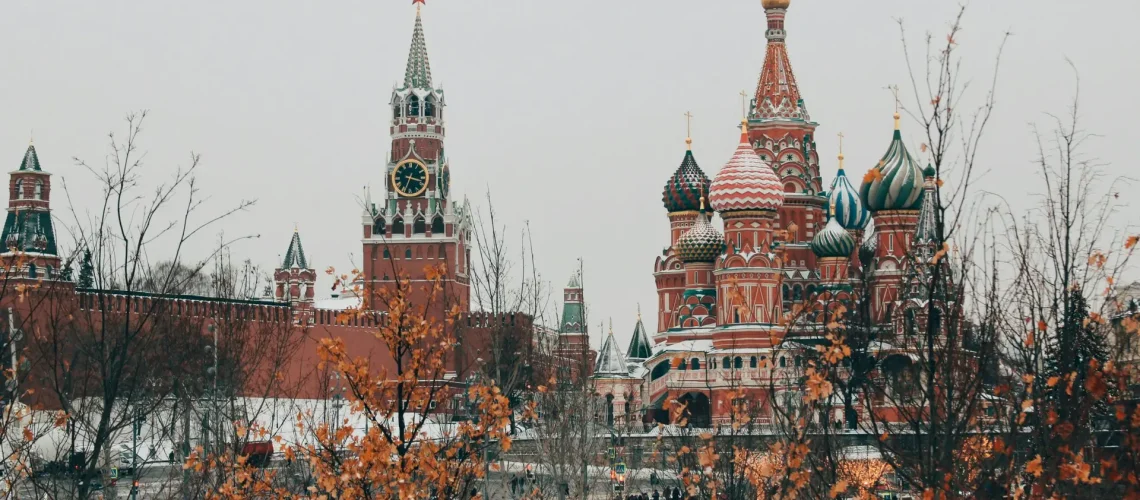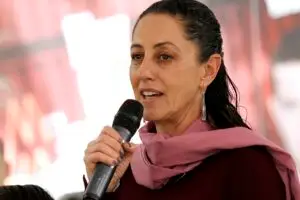Since the beginning of the war in Ukraine, certain narratives have been spreading through Russian media and social networks, aiming to discredit Western support and question the legitimacy of the Ukrainian government. These narratives are not only pushed by official sources but are also repeated by individuals who claim to rely on supposed eyewitness accounts or their own interpretations of events. This article examines some of the most common claims, places them in context with facts, and explains how disinformation works.
Why Are These Narratives Being Spread?
The Russian government has built one of the world’s most effective propaganda machines, relying on the following mechanisms:
Sowing doubt and confusion: Instead of presenting a coherent counter-narrative, Russian propaganda spreads numerous contradictory theories.
Emotional manipulation: Many narratives are designed to provoke fear, outrage, or anger, preventing rational discussion.
Linking to historical trauma: World War II is frequently used to portray Russia as a victim and the West as an aggressor.
Dissemination through social media: In Russia, disinformation spreads massively through Telegram, VKontakte, and YouTube.
Now, let’s analyze the most common Russian propaganda narratives and debunk them with facts.
1. “Ukraine is a dictatorship, people are forcibly conscripted and killed.”
This claim has been made repeatedly, often in statements like:
“Many Ukrainians don’t want to fight; they are being forced. People are taken from the streets or shopping malls and shot if they resist.”
Fact Check:
Ukraine remains a democracy with an elected parliament and president. Martial law has been declared due to the war, a common measure in times of national threat.
There is a general conscription policy, but there are no credible reports of people being randomly taken from the streets or executed.
Most people who left the country are civilians, including women and children. The claim that “all men have fled” is incorrect.
2. “The West orchestrated a coup in Ukraine in 2014.”
“The U.S. and Europe carried out a military coup to install a pro-Western government.”
Fact Check:
The 2013/2014 Maidan protests were a reaction from the Ukrainian population to President Yanukovych’s refusal to sign an association agreement with the EU.
There is no evidence of military intervention by NATO or the West. The power shift followed mass protests and the subsequent fleeing of Yanukovych, who sought asylum in Russia.
New elections were held in 2014, in which pro-Russian parties also participated.
3. “NATO prepared Ukraine for a war with Russia.”
“NATO armed Ukraine and provoked Russia.”
Fact Check:
Before 2014, Ukraine maintained a neutral stance and had only limited military cooperation with NATO.
After the annexation of Crimea and destabilization by separatists, Ukraine began strengthening its military.
The first significant Western arms shipments only arrived after Russia’s full-scale invasion in 2022.
4. “Russia is only defending itself; it was provoked.”
“Russia had to act because the West turned Ukraine against Moscow.”
Fact Check:
NATO never posed a threat to Russia. NATO is a defensive alliance and has never initiated an offensive war.
Ukraine never posed a military threat to Russia.
The attack on Ukraine occurred without an official declaration of war and without legitimate justification.
5. “Europe has lost the war and has no resources.”
“Europe is economically and militarily finished.”
Fact Check:
The EU’s economy is about eight times larger than Russia’s economy.
Russia is suffering severely from sanctions.
Western arms supplies have helped Ukraine inflict significant military losses on Russia.
6. “The U.S. is using the war solely for its own economic interests.”
“The U.S. profits from the war while Europe suffers.”
Fact Check:
The U.S. defense industry benefits from arms sales, but that does not mean the U.S. wanted the war.
U.S. support for Ukraine is a geopolitical decision aimed at stabilizing Europe.
Why Is It Important to Recognize Disinformation?
The narratives presented here are part of a deliberate information war. Russia uses propaganda to create confusion and portray the West as the aggressor. It is crucial to gather information from multiple sources and critically evaluate claims.
This article provides a fact-based foundation to counter misinformation. Those who truly want to understand what is happening should engage with independent reports, historical contexts, and official documents.
Photo by Michael Parulava on Unsplash






